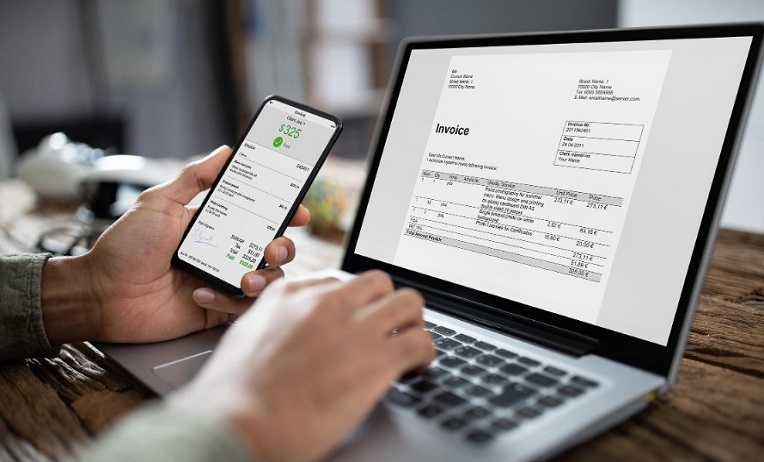An Electronic Invoice is issued in a structured digital format using one of the approved e-invoicing software solutions. It replaces the traditional paper invoice by offering a fully coordinated and accurate digital version.
The main goal of the Electronic Invoice system is to transition from paper-based invoicing to electronic invoicing, ensuring that invoices are standardized and precise across all transactions.
In today’s article, we will delve into how the Electronic Invoice system functions within Saudi Arabia, exploring key details and benefits of using electronic invoicing.
Free Electronic Invoice Program
As mentioned earlier, an Electronic Invoice is digitally issued following a standardized and organized format.
The Zakat, Tax and Customs Authority (ZATCA) of Saudi Arabia has launched the Electronic Invoice program via the Fatoora platform, enabling the issuance of compliant electronic invoices.
This system facilitates more accurate invoicing that integrates seamlessly with accounting systems and bookkeeping tools. Below are some key features of the program:
-
Enhances integration between accounting systems and bookkeeping to minimize potential financial data errors.
-
Issues professionally designed invoices while allowing businesses to track payments efficiently.
-
Automatically calculates due taxes and generates tax reports, ensuring compliance with relevant regulations.
-
Improves inventory and product management to avoid stockout issues.
-
Targets customers more effectively by saving purchase history and analyzing consumer behavior.
Requirements of the Electronic Invoice
The key requirements for issuing an Electronic Invoice are as follows:
-
Use of e-invoicing software that complies with the “Fatoora” system by the ZATCA.
-
The invoice must be issued in either of the following formats: XML or PDF/A3 with embedded XML.
-
It must include all mandatory invoice fields and data elements without exception.
-
A stable internet connection is required, along with staying up-to-date with ZATCA system updates.
Verifying an Electronic Invoice
Consumers and relevant authorities can verify an Electronic Invoice by scanning the QR code embedded in the invoice.
To do so, one must use QR scanning applications approved by the ZATCA, including:
-
KSA Invoice QR Reader for Android devices.
-
E-Invoice Reader for iOS devices.
Verification involves:
-
Scanning the invoice’s QR code using an approved app.
-
Ensuring the QR content aligns with ZATCA standards.
-
Reviewing the decoded invoice data and the validation results.
Fatoora Platform – ZATCA
If you’re seeking a reliable e-invoicing program, we recommend contacting Business Pillars Company, which offers one of the best software solutions for generating compliant Electronic Invoices.
Key features of the software include:
-
A robust, fully integrated system suitable for businesses in various sectors.
-
An intuitive user interface that simplifies invoice creation.
-
Complete data and document privacy and confidentiality.
-
Competitive pricing for all user levels.
-
Full-time technical support to ensure continuous service and client satisfaction.
In conclusion, this article has explored the Invoice system in Saudi Arabia, outlined its key requirements, and introduced a certified e-invoicing software solution with notable advantages.
Read also:
Submitting the Income Tax Return and How to Pay the Tax
Value Added Tax Calculation in Saudi Arabia
The Importance of Accounting in Saudi Arabia and Its Future in the Kingdom
Bankruptcy Law and Its Executive Regulations
Business Pillars CPAs Company – Accountants and Legal Auditors

